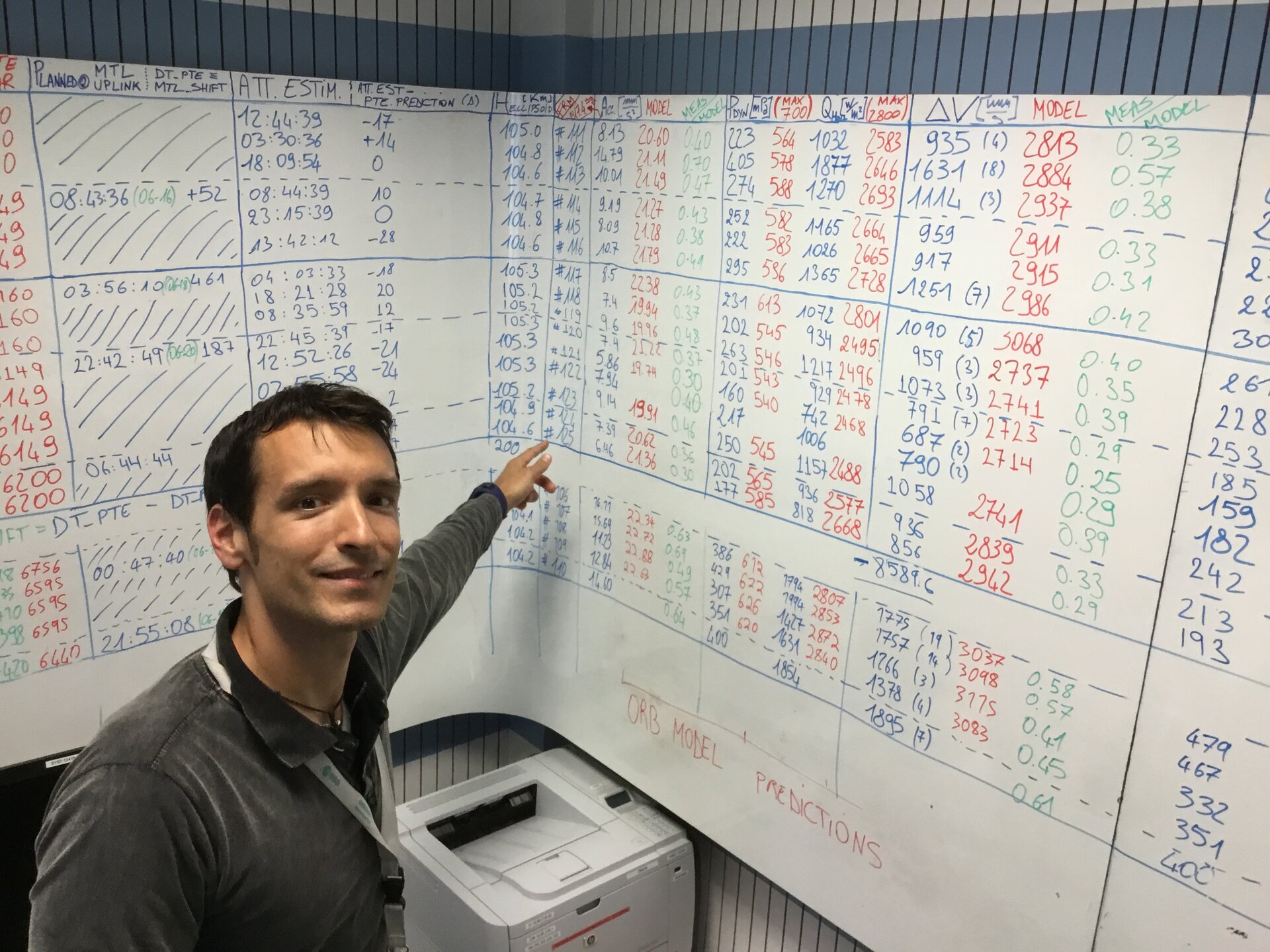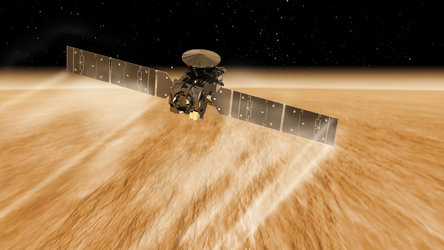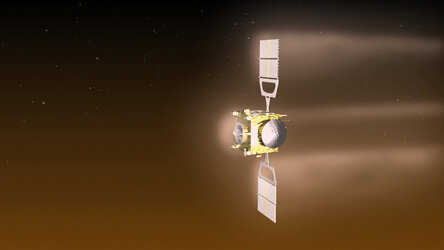Accept all cookies Accept only essential cookies See our Cookie Notice

About ESA
The European Space Agency (ESA) is Europe’s gateway to space. Its mission is to shape the development of Europe’s space capability and ensure that investment in space continues to deliver benefits to the citizens of Europe and the world.
Highlights
ESA - United space in Europe
This is ESA ESA facts Member States & Cooperating States Funding Director General Top management For Member State Delegations European vision European Space Policy ESA & EU Space Councils Responsibility & Sustainability Annual Report Calendar of meetings Corporate newsEstablishments & sites
ESA Headquarters ESA ESTEC ESA ESOC ESA ESRIN ESA EAC ESA ESAC Europe's Spaceport ESA ESEC ESA ECSAT Brussels Office Washington OfficeWorking with ESA
Business with ESA ESA Commercialisation Gateway Law at ESA Careers Cyber resilience at ESA IT at ESA Newsroom Partnerships Merchandising Licence Education Open Space Innovation Platform Integrity and Reporting Administrative Tribunal Health and SafetyMore about ESA
History ESA Historical Archives Exhibitions Publications Art & Culture ESA Merchandise Kids Diversity ESA Brand Centre ESA ChampionsLatest
Space in Member States
Find out more about space activities in our 23 Member States, and understand how ESA works together with their national agencies, institutions and organisations.
Science & Exploration
Exploring our Solar System and unlocking the secrets of the Universe
Go to topicAstronauts
Missions
Juice Euclid Webb Solar Orbiter BepiColombo Gaia ExoMars Cheops Exoplanet missions More missionsActivities
International Space Station Orion service module Gateway Concordia Caves & Pangaea BenefitsLatest
Space Safety
Protecting life and infrastructure on Earth and in orbit
Go to topicAsteroids
Asteroids and Planetary Defence Asteroid danger explained Flyeye telescope: asteroid detection Hera mission: asteroid deflection Near-Earth Object Coordination CentreSpace junk
About space debris Space debris by the numbers Space Environment Report In space refuelling, refurbishing and removingSafety from space
Clean Space ecodesign Zero Debris Technologies Space for Earth Supporting Sustainable DevelopmentLatest
Applications
Using space to benefit citizens and meet future challenges on Earth
Go to topicObserving the Earth
Observing the Earth Future EO Copernicus Meteorology Space for our climate Satellite missionsCommercialisation
ESA Commercialisation Gateway Open Space Innovation Platform Business Incubation ESA Space SolutionsLatest
Enabling & Support
Making space accessible and developing the technologies for the future
Go to topicBuilding missions
Space Engineering and Technology Test centre Laboratories Concurrent Design Facility Preparing for the future Shaping the Future Discovery and Preparation Advanced Concepts TeamSpace transportation
Space Transportation Ariane Vega Space Rider Future space transportation Boost! Europe's Spaceport Launches from Europe's Spaceport from 2012Latest

Simplifying complexity
Thank you for liking
You have already liked this page, you can only like it once!
The flight dynamics experts working on the ExoMars Trace Gas Orbiter mission meet regularly to assess progress of the spacecraft's almost-year-long aerobraking manoeuvres at Mars.
The TGO orbiter swung into an initial, highly elliptical orbit at Mars on 19 October last year.
Aerobraking - using drag from the faint wispy tendrils of the upper-most part of the martian atmosphere to slow and lower the spacecraft into its final science orbit - began on 15 March, and will take most of a year, following a cautious ‘slow-as-you-go’ strategy.
As with Goldilocks and the famous bears, staying too high won't drag on TGO sufficiently to reach its intended orbit anytime soon, while dipping too low into the atmosphere could slow it too much, with unwanted results.
Therefore, the flight dynamics team carefully assess the results of every aerobraking orbit, and make detailed predictions on the subsequent orbits based on realtime results. This means there is a lot of data to keep up with.
They have, of course, many sophisticated tools, applications and databases available to help determine orbits, visualise trajectories and calculate future spacecraft manoeuvres.
"But the white board in our briefing room is the best tool we've found for giving everyone an up-to-the-date, realtime view of aerobraking progress during our frequent review meetings," says ESA's Robert Guilanyà, seen above, the TGO flight dynamics team lead.
"A large group of people need to see and discuss the data collected from the atmospheric passages to plan subsequent aerobraking activities. Marking up the white board by hand is simple, easy and instantly viewable by all."
From 25 June to end-August, aerobraking is on pause due to Mars and Earth lining up on opposite sides of the Sun in a conjunction that greatly reduces the reliability and robustness of communication to and from the spacecraft.
Aerobraking will resume in August, and should continue until early 2018, when TGO will perform a series of final manoeuvres to transition to its approximately 400-km high, circular science orbit.
More information
-
CREDIT
ESA -
LICENCE
ESA Standard Licence

Trace Gas Orbiter aerobraking

Venus Express aerobraking

Venus Express aerobraking

Aerobraking completed















 Germany
Germany
 Austria
Austria
 Belgium
Belgium
 Denmark
Denmark
 Spain
Spain
 Estonia
Estonia
 Finland
Finland
 France
France
 Greece
Greece
 Hungary
Hungary
 Ireland
Ireland
 Italy
Italy
 Luxembourg
Luxembourg
 Norway
Norway
 The Netherlands
The Netherlands
 Poland
Poland
 Portugal
Portugal
 Czechia
Czechia
 Romania
Romania
 United Kingdom
United Kingdom
 Slovenia
Slovenia
 Sweden
Sweden
 Switzerland
Switzerland
























